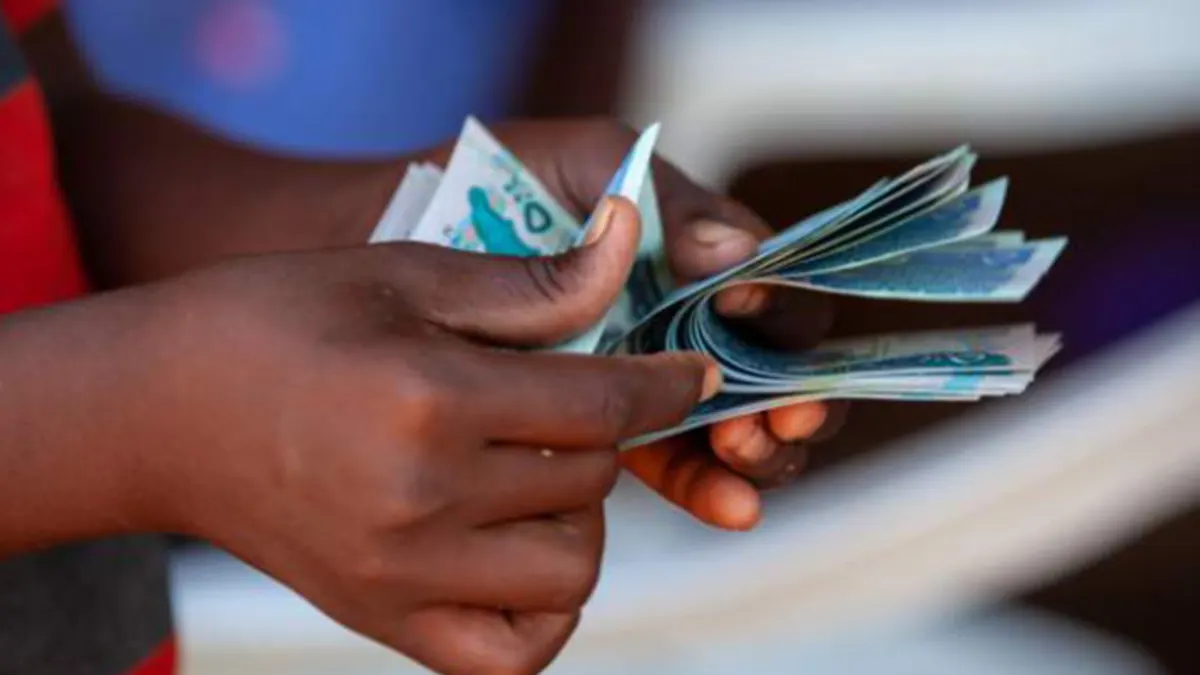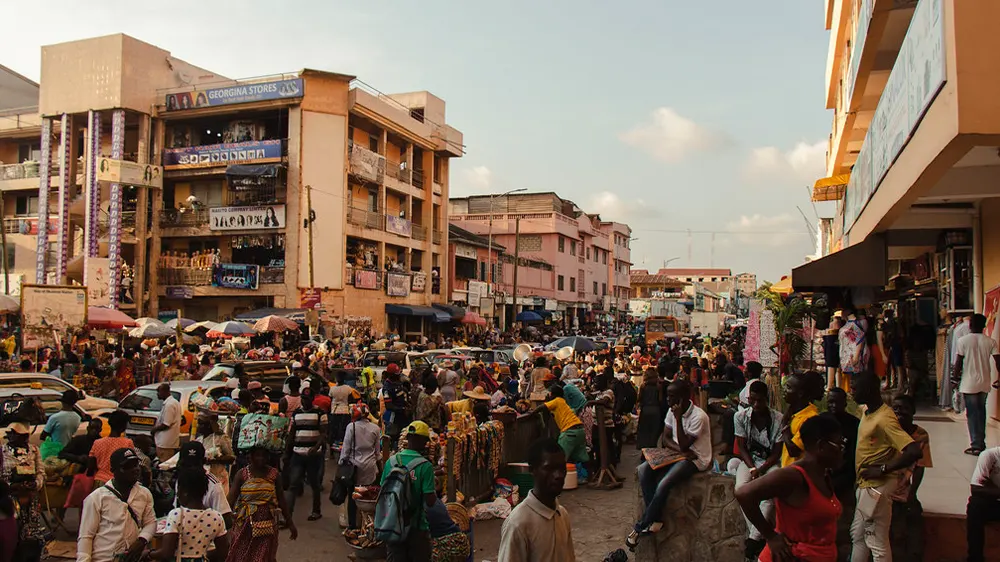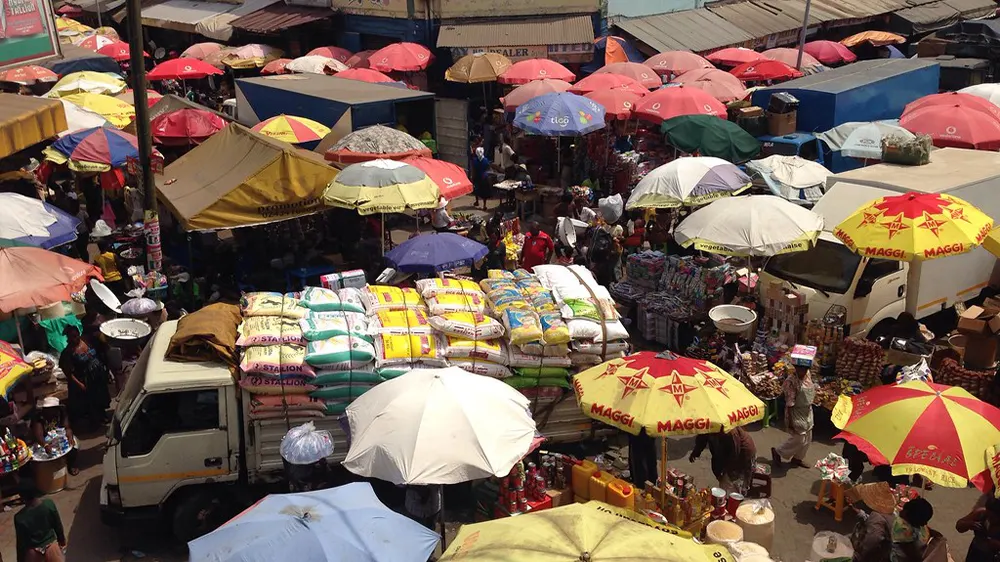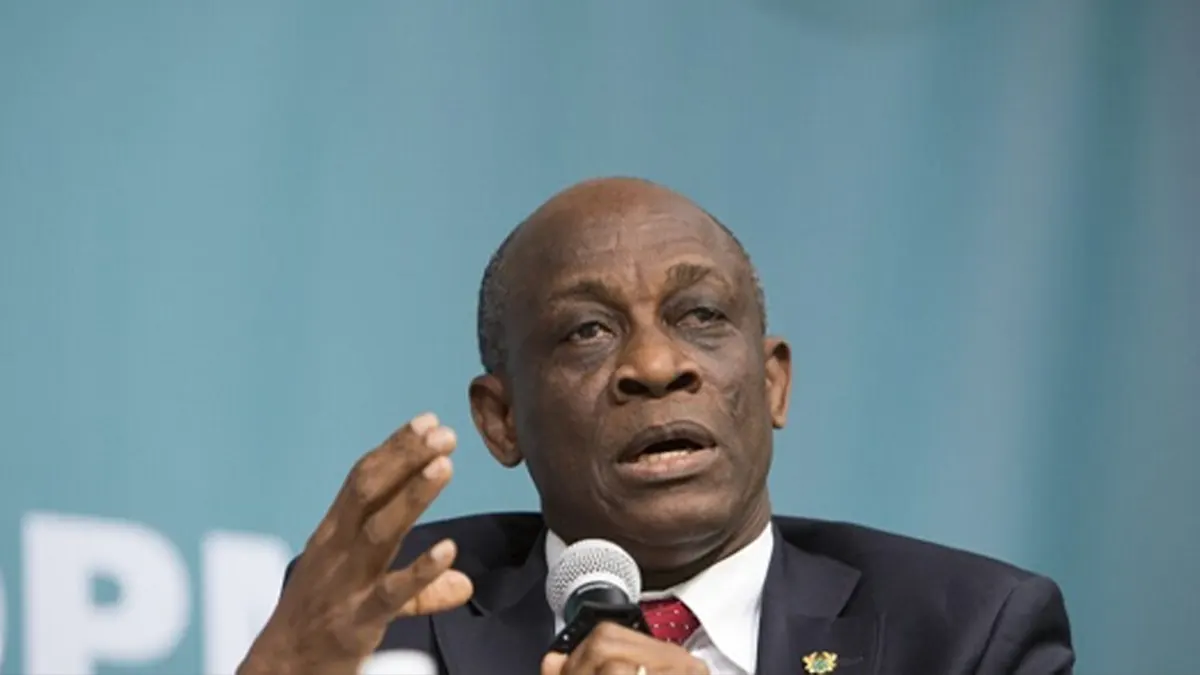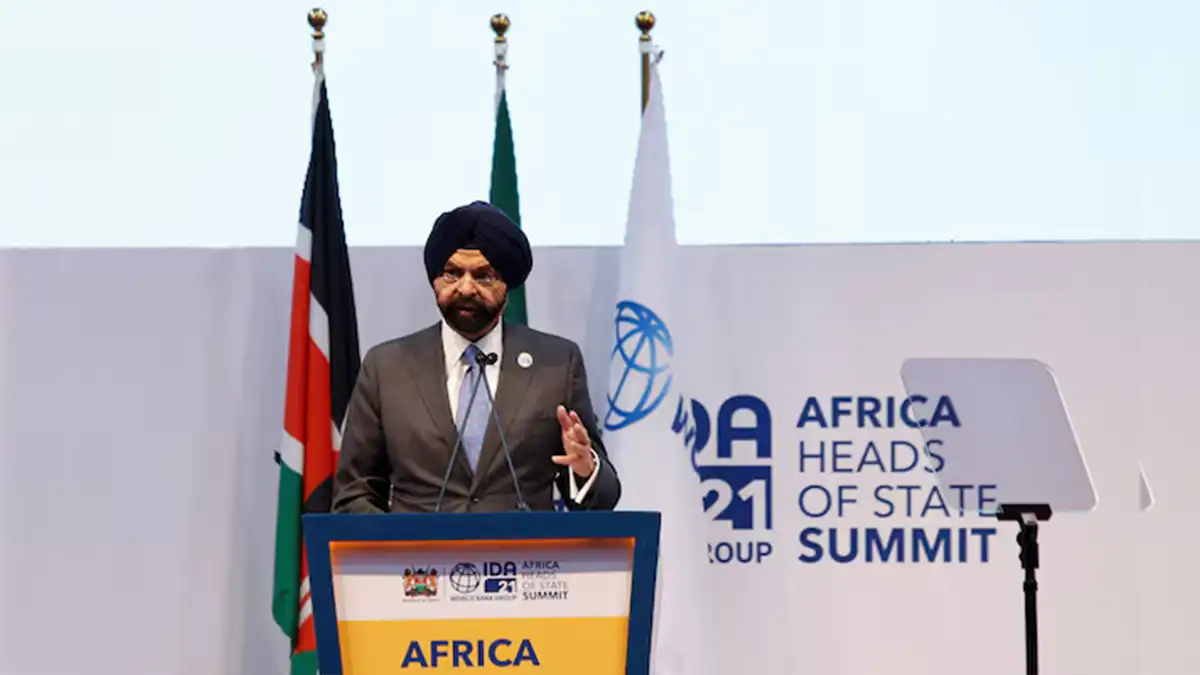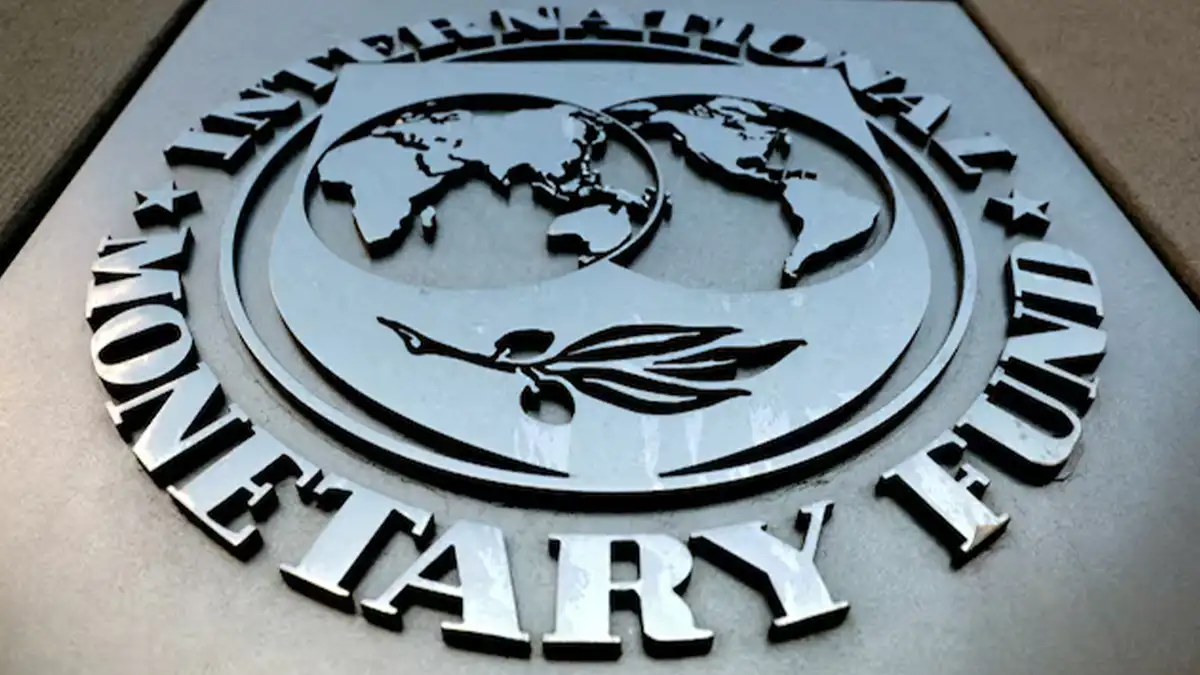Ghana has reaffirmed its status as the second-largest recipient of remittances in Africa, recording an impressive $4.7 billion inflow in 2022.
This figure represents a 4.4% increase from the previous year, according to the latest World Bank Migration and Development Brief.
The report highlighted that Ghana's remittance inflow, constituting 6.1% of GDP, secured its place as the second-largest recipient in dollar terms and the ninth-largest concerning Gross Domestic Product on the continent.
The overall remittance flows to Africa experienced a robust 16.4% increase, reaching $50 billion in 2021, surpassing initial expectations.
While Nigeria retained its top position with the largest remittance inflows of $20.9 billion in 2022, compared to $19.2 billion in 2021, Ghana's consistent performance underscores the importance of remittances in the country's economic landscape.
The report noted that the relative rankings of the top 10 recipients have remained relatively stable in recent years.
However, the Gambia has seen an upward shift in the remittances/GDP group due to significant political-economic changes.
Sub-Saharan Africa continues to be the most expensive region for sending money, with senders paying an average of 7.8% to send $200 during the second quarter of 2022.
The average cost of remitting $200 from the least expensive corridors was 3.4%, while the most expensive corridors registered a high 25.2%.
Despite the challenges, remittances are expected to constitute 38% of total flows in 2022, with Official Development Assistance (ODA) standing at 53%.
The report highlighted that remittance flows to Africa have consistently grown at a favourable rate of 12.5% over 2000–2022, outpacing gains in Foreign Direct Investments (FDI) and ODA.
Looking ahead, the report identified potential risks, including adverse developments in the external environment that could lower the pace of remittance flows to Africa to 3.9% in 2023. Price pressures for essential commodities such as wheat, oil, and fertilizers, coupled with declining real wages in the United States and the euro area, might impact remittance outturns.

